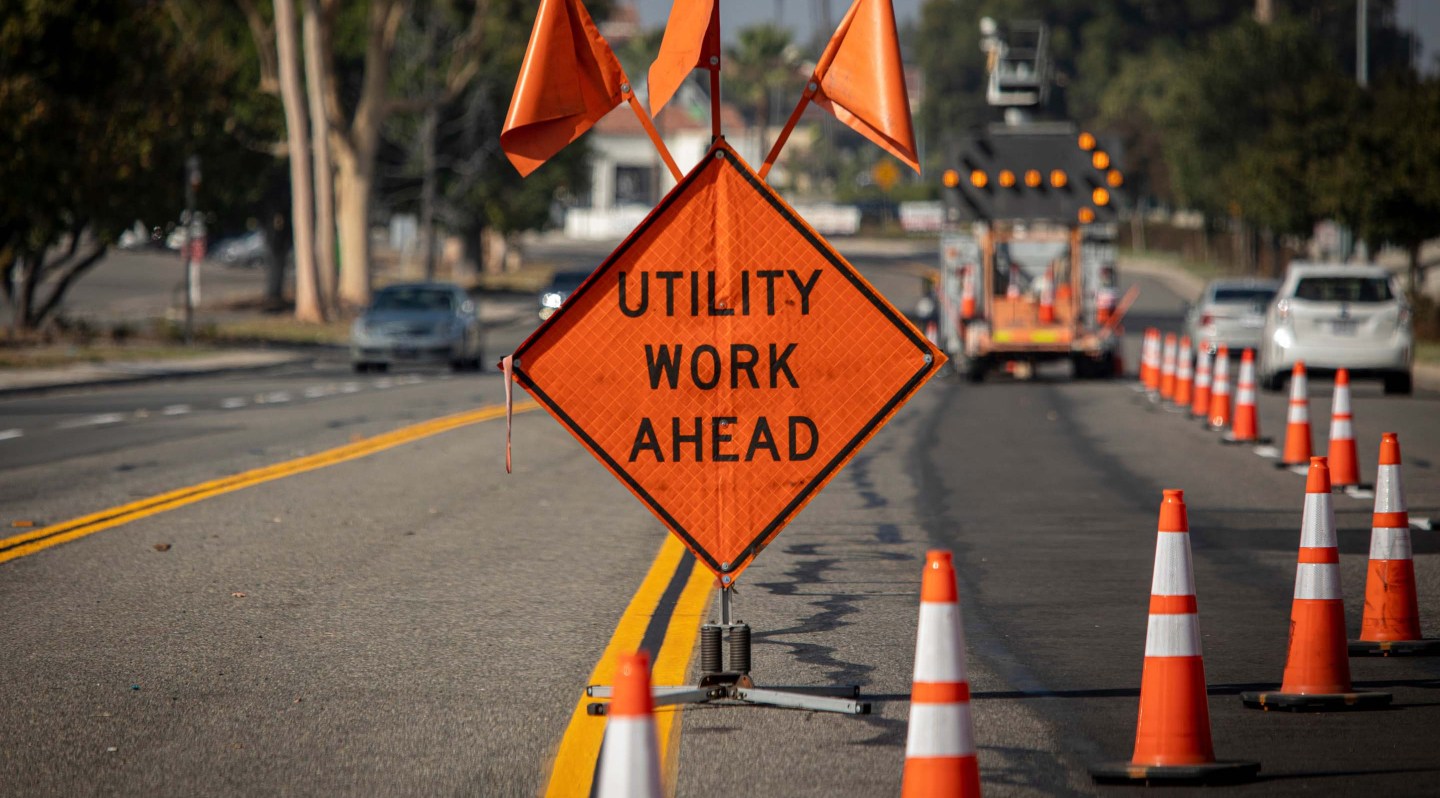Summer might mean vacations, road trips, days at the beach, or just ice cream in the backyard. But summer also brings increased risks: bee stings, sunburns — and traffic accidents.
July and August are the most dangerous months on the road, with extra danger lurking around the Independence Day holiday. That’s because summer brings multiple risk factors: more people on the roads, people driving in unfamiliar areas, new teen drivers, severe weather, and road construction.
However, you can help keep your fleet’s drivers safe all summer long by building a strong safety culture, educating your drivers on summer hazards, and creating incentives that challenge your fleet to drive more carefully.
Build a year-round safety culture
An increased focus on summer safety can pay off year-round in terms of fewer incidents, lower insurance premiums, and a better reputation. The key is to build a strong fleet driver safety program.
Fleet driver safety programs can help your drivers build and reinforce safe habits and behaviors. Safety programs should emphasize how important safety is to the entire company, while providing regular coaching to every driver who should receive it. These efforts should start at the top, with executive support.
Fleet management technology can streamline your coaching efforts by prioritizing the riskiest behaviors and reinforcing lessons throughout the year. For example, AI dash cams can identify problematic behaviors and incidents, while also exonerating drivers in the event of false claims.
Get tips to start developing a coaching safety program for your own fleet.
Switch to preventive maintenance
Avoid roadside breakdowns by staying on top of maintenance needs. Switching to preventive maintenance can help fix problems before they become lost time and roadside frustration.
This is especially important during summer, when high heat increases the risk of engine trouble and tire problems.
Simple things like conducting routine oil changes, checking coolant levels, and monitoring tire pressure can reduce your drivers’ risk of a surprise. Fleets that shift to preventive maintenance even cut maintenance-related downtime days by about 20%.
Motive can go even farther by monitoring vehicle and asset health to enable predictive maintenance (PdM), which uses data science and analytics to forecast when vehicles will need service. This predictive approach keeps your fleet moving while reducing the costs of premature upkeep.
Pay attention to summer hazards
Even if your fleet drivers are working routine routes, the drivers around them may not be. Vacationers or road trippers may be traveling unfamiliar roads or distracted by the kids in the backseat. Newly licensed teen drivers are out of school and on the roads.
Remind your drivers to increase their following distance to allow for sudden lane changes or braking, and pay special attention to hazards that are more prevalent in the summer, including:
- Motorcycles: More motorcycles are on the road than ever, with more than 8.6 million on US roads in 2021, double the 2002 count.
- Bicycles: Every year, nearly 1,000 cyclists die and more than 130,000 are injured in crashes on US roads.
- Pedestrians: Pedestrian traffic deaths increased by 18% between 2019 and 2022.
- Farm vehicles: Summer is prime season for agricultural vehicles on public roads. While farm vehicles spend less than 5% of their operating time on public roads, they are overrepresented in crash rates – and since they are typically wider, slower, and heavier than other vehicles, crashes can be severe.
Plan for work zones
Orange cones are much more common in summer, when construction crews are active. Remind your drivers to plan for construction hazards by knowing their routes, budgeting additional time, and staying extra vigilant in work zones.
About 30% of all work zone accidents are rear-end collisions, and another third are the result of speeding. During your coaching sessions, remind drivers to obey work zone speed limits and avoid the temptation to slow down to watch crews work.
And remember, construction zone hazards like lane shifts, debris, and overturned barrels are present even when work crews are off the clock.
Watch for weather
While winter’s ice and snow get all the attention, summer brings its own weather hazards. Strong rainstorms can quickly make roads slick, especially if it’s been a while since the last rain. Hail, lightning, high winds, and other hazards can create dangerous conditions.
Notify your drivers of impending severe weather, and consider routing them away if possible. And empower your drivers to make the decision about when it’s too dangerous to drive. Coach drivers to respect their instincts when hazardous weather strikes. Encourage them to pull over in a safe place to let the worst blow over.
Encourage friendly competition among drivers
Give your drivers an incentive to improve their driving over the summer season. Use the Motive fleet dashboard to track each drivers’ overall performance, and reward drivers who have the fewest incidents or show improvement. Gift cards, company gear, or extra paid time off can be inspiring perks.
As part of the competition, share the tips above with your drivers to emphasize summer’s unique hazards. By educating your fleet, you’ll empower them to be proactive — while a little friendly competition can provide just the right reward.
Keep your drivers safe every day of the year
Help your fleet’s drivers build the habits and behaviors that keep them safe all year. See how Motive’s AI-driven safety platform can help coach your drivers to continuous safety improvements. Request a demo to see it for yourself today.




